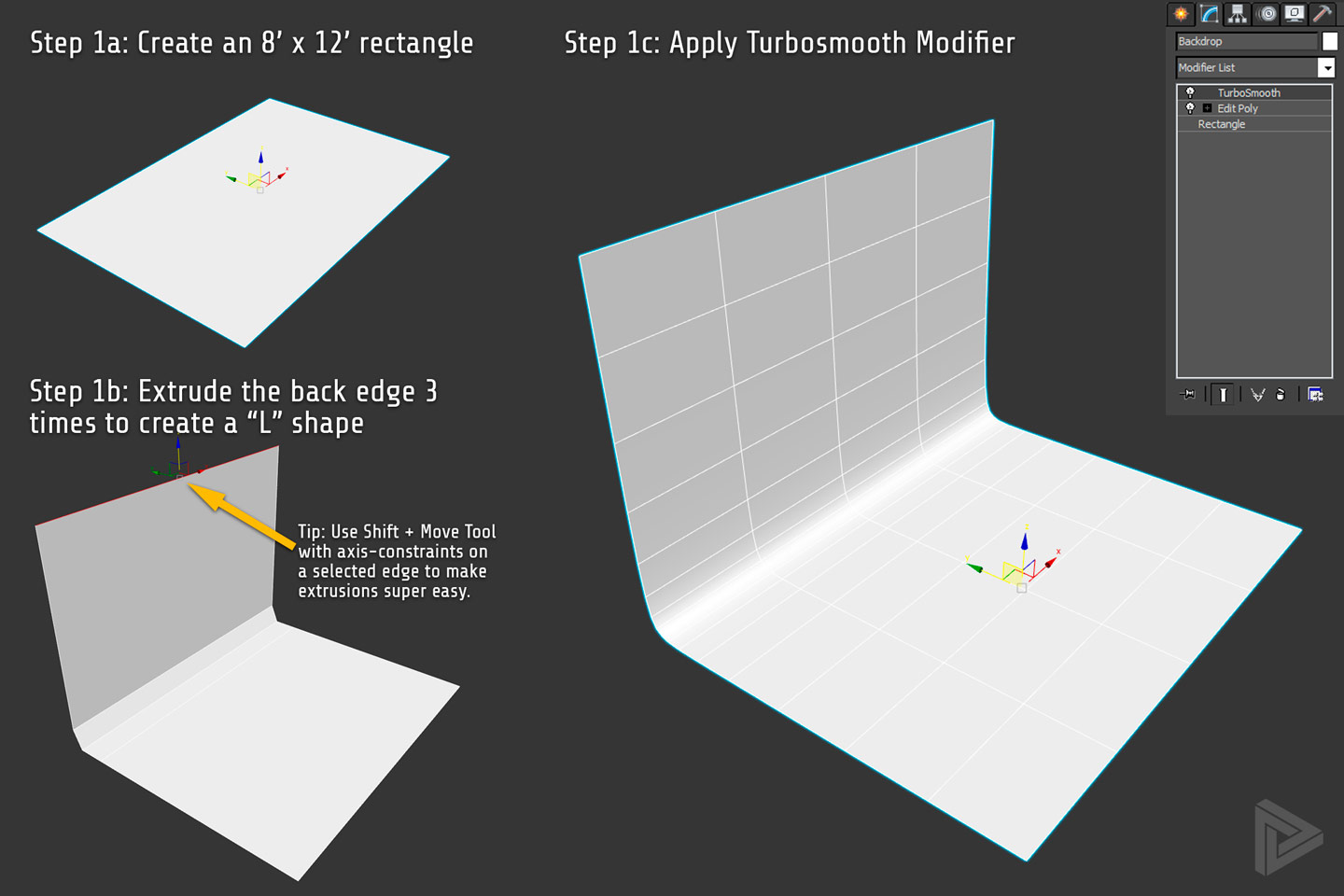
Best Studio Lighting - Corona Renderer & 3dsmax ( Photorealistic Rendering ) + Free Scene. Understanding LightFREE SCENE HERE. It’s pretty decent but most importantly, it’s free! Sure, it’s arguably not as good as V-Ray but you certainly will not be burning a hole in your pocket. It is important that you start the tutorial with exactly the same settings.What’s not to like about 3DS Max Mental Ray Rendering Engine. It is an extension to 3DS Max, not a replacement For example things like the material editor, creating and manipulating objects, modifiers etc should all be familiar before trying to learn Vray. First learn 3D Studio Max, then start with Vray.
What better way than to watch this quick video that explains it well. This video is about the basic 3-Point Lighting setup commonly used in Studios.Webrotate 360 3ds max vray jamie cardoso 1: Hello there. To render well, one must first understand light. It has become an industry standard over the last 12 years and we work closely with our partners to create plug-in connections to: 3ds Max, Maya, Cinema 4D, MODO, Houdini and many more.Light is one of the more important element that makes a realistic rendering.

This is useful if you want to render objects like furniture, products etc. To change the color of ambient light:This quick post is about lighting up a 3DS Max indoor scene mimicking an actual studio lighting setup. 3ds Max uses the global lighting parameters when you render the scene.

Done!This is obviously a very basic setup. Intensity (Brightness Levels of your light)Click “8” again for Environments and decrease the Exposure Value to make the scene brighter. Filter Color (Adding Color to your light) Kelvin (Temperature): Above 3600 = Cool Light, Below 3600 = Warm Light Step 6: Turn Free Lights into Sphere LightsThis will enable light to diffuse nicely and create softer shadows at the same time Step 7: Adjust Light Settings Step 5: Create Target LightTurn the Target Light into a rectangle light.
He’s got this really dry wit but otherwise i find his videos cut straight to the point, which i also like.The above tutorial follows pretty much the same principles except that the use of Rectangle Free Lights seems to be very effective for rendering reflective surfaces. Test and see what happens! Try this Tutorial too!I love this author, Johannes Tinner.


 0 kommentar(er)
0 kommentar(er)
